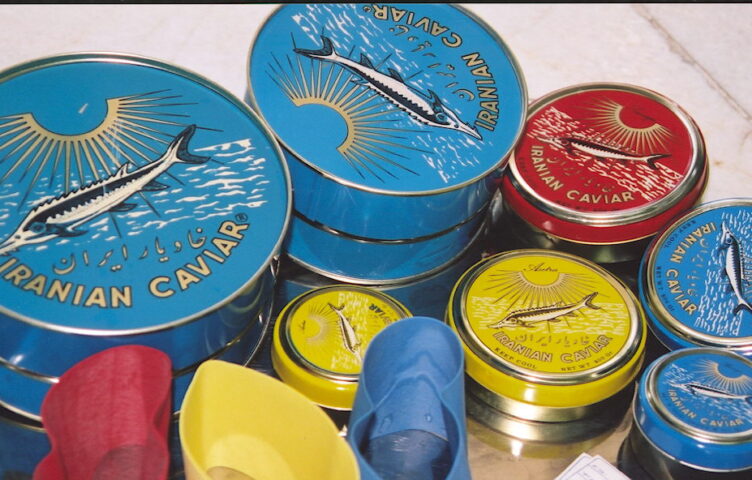H stands for:
History and Etymology

Caviar since Antiquity
350 B.C: In the 4th century B.C, Aristotle mentions that the Greeks eat sturgeon roe at certain banquets. It’s the 1st known reference to caviar.
850: The word caviar first appeared in the 9th century, and is said to have originated in Turkish as “khavyar” (fish eggs). The Persians believe it boosts stamina and use it as a superfood with multiple virtues.
1600: In the 17th century, caviar finally made its way to the Russian court. It was at this time that caviar became a favored delicacy of Russia’s first czars. It acquired its reputation as a rare and luxurious food.
1850: In the 19th century, the United States became the world’s leading producer of caviar (caviar mainly from sturgeon Transmontanus) and marketed it at very low prices. In bars, they are offered in cups instead of peanuts. In New York, the meat of the Hudson sturgeon was so common that it was called “Albany beef”. But then overfishing decimated the American sturgeon. By 1900, they had all but disappeared. Stocks will never recover.
1920: It was during the Roaring Twenties that caviar began to be very popular. Emigrants fleeing the Russian revolution gave Caspian caviar a Parisian twist. Petrossian was founded in 1921 and Prunier in 1924.
1991: The break-up of Russia and the creation of 3 new states on the Caspian coast led to a plundering of sturgeon stocks. The market was flooded with caviar, and prices plummeted.
2008: After taking steps to save sturgeon as early as 1998 (introduction of quotas), CITES (a UN body, also known as the Washington Convention) banned the export of wild caviar in 2008. It is replaced by farmed caviar. Today’s caviar market is highly regulated, and any import or export of caviar must be accompanied by a CITES permit.
As for etymology, the origins of the word caviar are varied and disputed. It is said to come from the Turkish khaviar or kavyar, meaning fish eggs, literally “egg carrier”.
In French, the first occurrences of the term date back to (cavyaire), then (caviat). The current spelling caviar was coined by François Rabelais. It is thought to be the origin of the English word caviar or caviare, borrowed in the 16th century. We also find cavial in Furetière; this term comes from the Venetian caviaro, equivalent to the Italian caviale, which themselves seem to derive from the Turkish kavyar. In 1751, the Encyclopedia designated «caviari sckari» the name of the product marketed in Russia at the time.
Allusions to caviar can also be found in other languages. For example, Miguel de Cervantes talks about the quality of pressed caviar in his Don Quixote.
